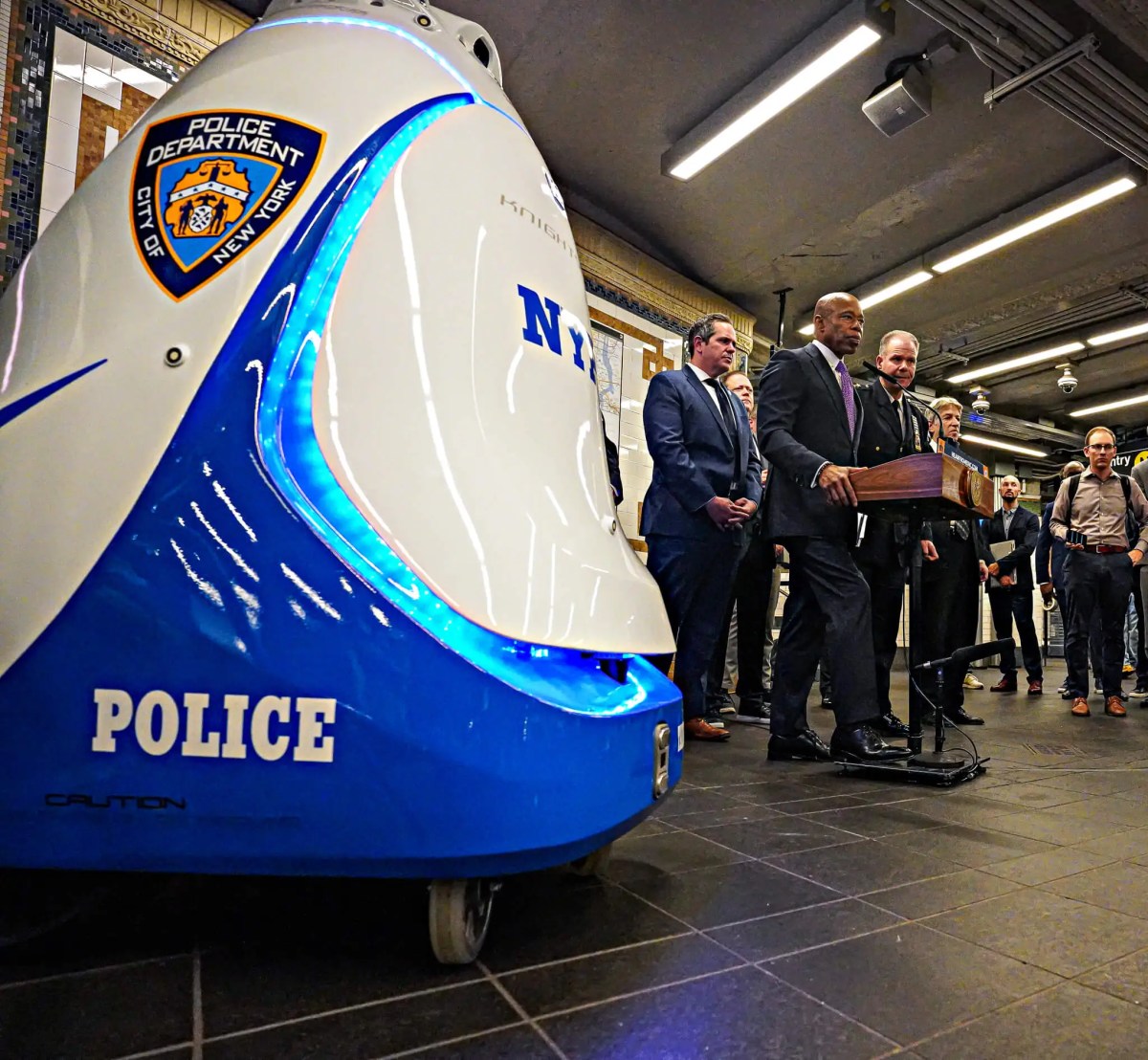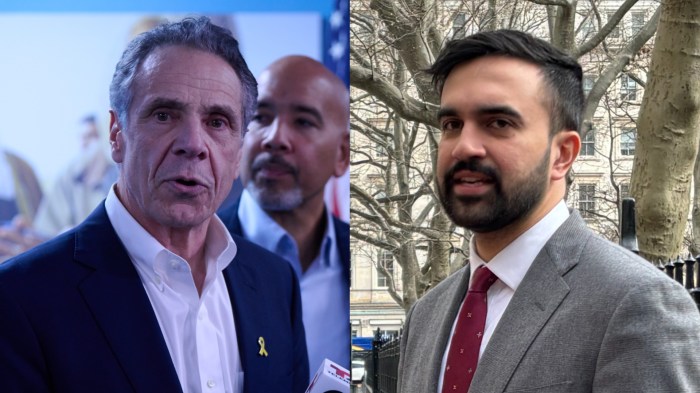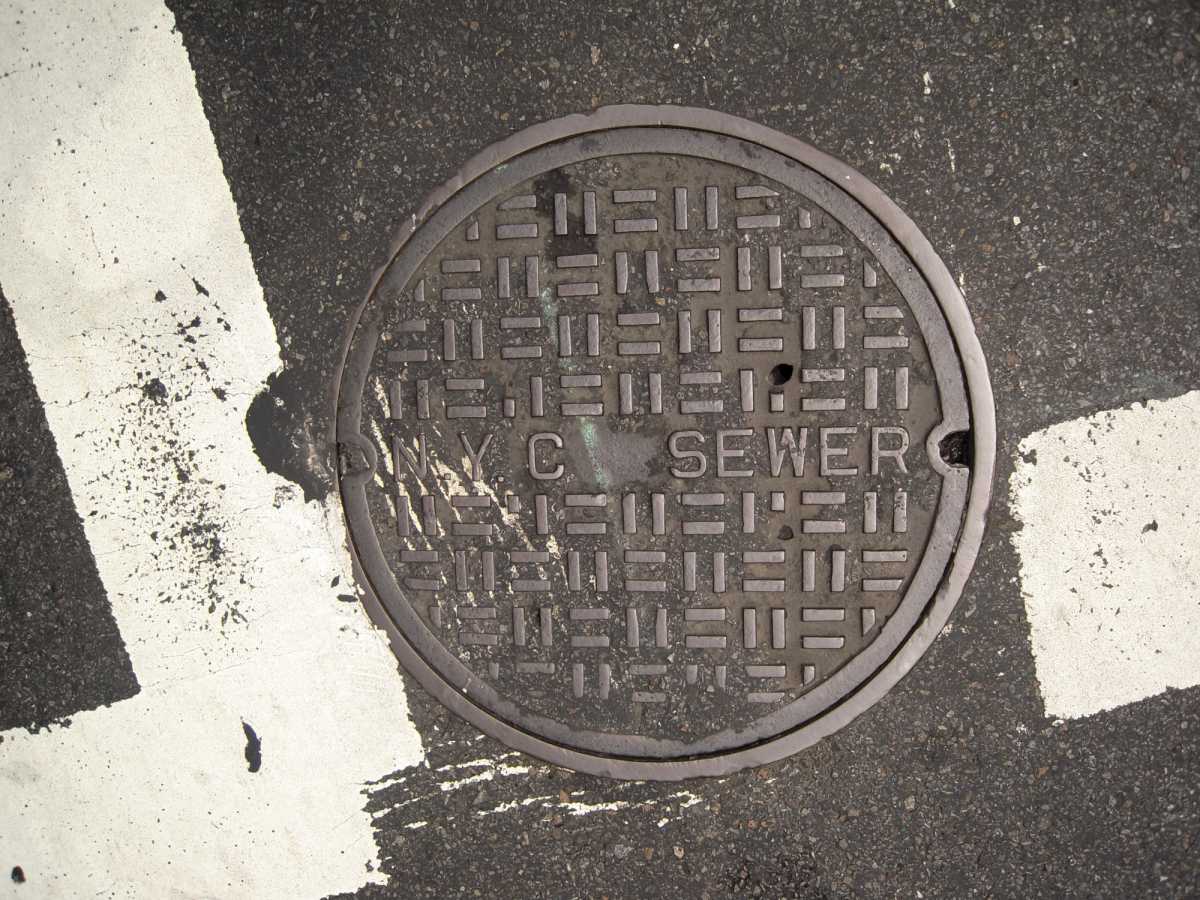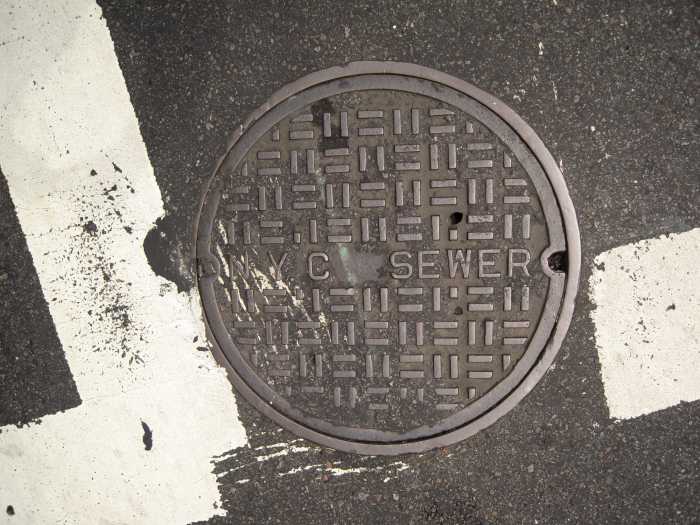Nearly a year after Mayor Eric Adams first rolled out the Knightscope K5, a 400-pound police robot, in the Times Square subway station, his office revealed on Tuesday that his administration still has not found a use for the technology he once touted as a powerful crime-fighting tool.
K5 was last seen collecting dust inside a storefront at the Times Square station in February. That followed the completion of a pilot program, where the surveillance droid — accompanied by two cops — made the rounds on the station’s mezzanine over a two-month period that began late last September.
At the time, when just one month remained on the city’s contract with Knightscope, the mayor said he had “another plan” in mind for K5 while refusing to share more details.
On Tuesday, he appeared to suggest that K5 is being tested in a new pilot program but again declined to say anything more specific.
“We have it in a new assignment,” Adams said. “Once it goes through his pilot, we’re going to respond to that, but he has a new assignment right now.”
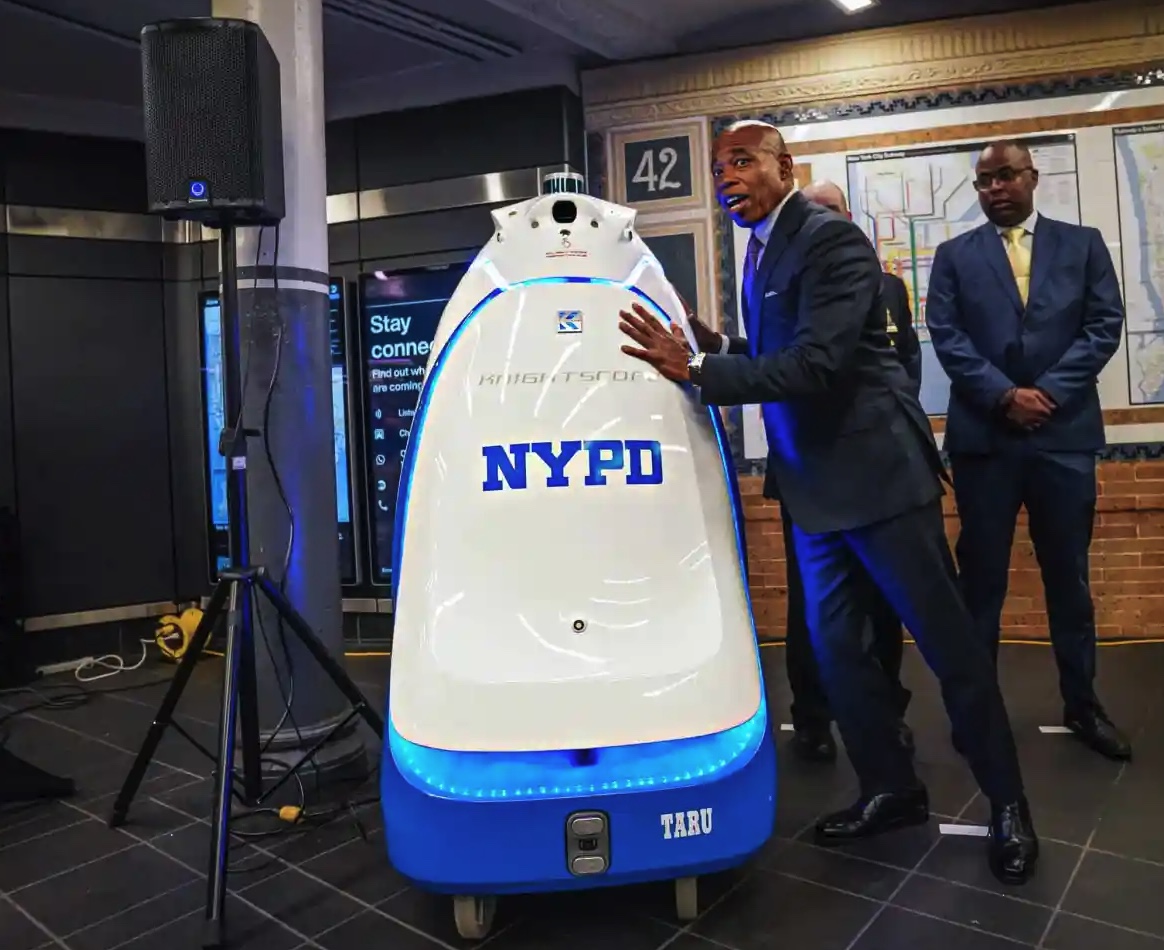
However, as first reported by the Daily News, mayoral spokesperson Amaris Cockfield later backtracked on the mayor’s comments. In a text message to amNewYork Metro, she suggested that the administration still has not found another use for the bot, which is no longer under the six-month contract with Knightscope that began last fall.
“The initial pilot program for the K5 robot has ended,” Cockfield said. “While there is currently no contract in place and the robot is not deployed anywhere, we are, as the mayor made clear today, assessing next steps and determining how else it can be deployed.”
An Office of the Inspector General for the NYPD report issued in late May indicated that the department has “no plans to redeploy the technology now or in the future.”
When the mayor first introduced K5 nearly a year ago, he pitched it as yet another way to ease New Yorkers’ fears of crime on the city’s subways, which have persisted since then.
The robot stands at about five feet tall and has cameras on all sides and a help button on top, which civilians could press to speak with a live police officer. During the pilot program, the device was tasked with recording video that could be used in police investigations but did not employ real-time facial recognition software, according to the city and the NYPD.
“We’re taking existing technology, cameras, being able to communicate with people, and placing it on wheels,” Adams said when he unveiled K5 last September.
The mayor also insisted K5 could assist the NYPD in patrolling the city as more cops have retired from the force and the department has struggled to recruit enough replacements. Additionally, he said the robot saved on NYPD personnel costs, claiming that it only ran the city $9 an hour to employ—far less than the hourly rate for a human cop.
“This is below minimum wage, no bathroom breaks, no meal breaks. This is a good investment,” he said at the time.
The robot came under intense criticism from civil liberties and technology oversight groups for adding yet another piece of surveillance technology to the NYPD’s ranks, which already includes security cameras and aerial drones. They also criticized the expense of leasing K5 and questioned its usefullness as a crime-fighting tool.
One of K5’s chief critics, Albert Fox Chan, executive director of the Surveillance Technology Oversight Project, hopes the Times Square pilot will indeed be K5’s last assignment in city government.
“This overpriced, obsolete toy’s only assignment should be patrolling the city dump with the other trash,” he said in a statement. “It’s not much of a trial if the only verdict the mayor accepts is that we need more robots. As always, the mayor buys the toys first, and comes up for a justification later. And when one experiment fails, the mayor just searches for a new far-fetched robot rationalizations.”
Shane Ferro, a staff attorney with The Legal Aid Society’s Digital Forensics Unit, echoed Fox-Chan’s sentiments in a statement.
“The Adams’ Administration — nearly a year after introducing the K5 robot — has yet to justify how the technology will have any tangible positive impact on the safety and wellbeing of New Yorkers,” Ferro said. “The surveillance robot is not only unnecessary, but its deployment serves as nothing more than a public gimmick that will distract the City from investing in programs and initiatives that could actually enhance public safety.”
Read More: https://www.amny.com/politics/



